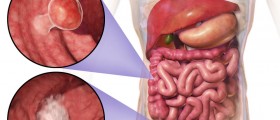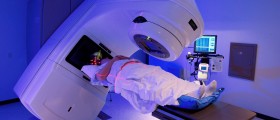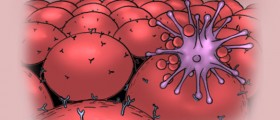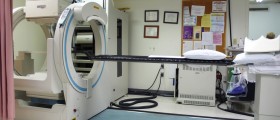
Definitive cure for ovarian cancer does not exist but there are medications and treatment regimes which can extend the survival rate and life span.
The treatment of ovarian cancer depends on the stage. There are IV stages of the disease. The stage shows the real state of spread of the disease. What is essential is that if a surgery is possible it must be conducted since in that way the tumor (sometimes even metastases) are removed completely and further treatment will be more effective. The stage also determines the extent of the operation. In stage I the cancer is limited on one or both ovaries. In stage II one or both ovaries are involved as well as the uterus and/ or fallopian tubes. In stage III beside the ovaries cancer involves lymph nodes or other sites but it is still located in the abdominal cavity. And finally the stage IV means that cancer has spread to the distant organs (metastases).
Ovarian cancer can be treated with surgery, chemotherapeutics or radiotherapy. The surgery is essential. The second modality, chemotherapeutics, is extremely important way of fighting the disease. These cytotoxic drugs have a role to kill cancer cells. The third modality, radiotherapy, is the last option only used in special cases. Radiotherapy uses the power of high energy X rays to kill the tumor cells. Which of these treatments or combination of treatments is going to be conduct depends on the stage of the disease, hystopathological type of the tumor, patient's age and general state of health.
If the diagnose is set on time and disease treated properly patients can show no signs of disease for certain period of time. Those who develop recurrent cancer in spite of previous treatment (surgery, and fist line chemotherapy) may be further treated with additional surgery and a must second line chemotherapy (so called salvage surgery and chemotherapy). In some cases radiotherapy is conducted.
Patients who develop recurrent disease may present tumor growth during the first line therapy. They can respond to initial therapy but additionally develop recurrent tumor. The third and the fourth line of chemotherapeutics are sometimes used but are limited as most of the cytotoxic drugs have already been used as a part of the first and the second line. The probability that the patient will respond to salvage chemotherapy is hard to be estimated.
Those patients who have recurrent tumors and have chemotherapy-sensitive disease will be treated again with the same combination of chemotherapeutics.

















Your thoughts on this
Loading...